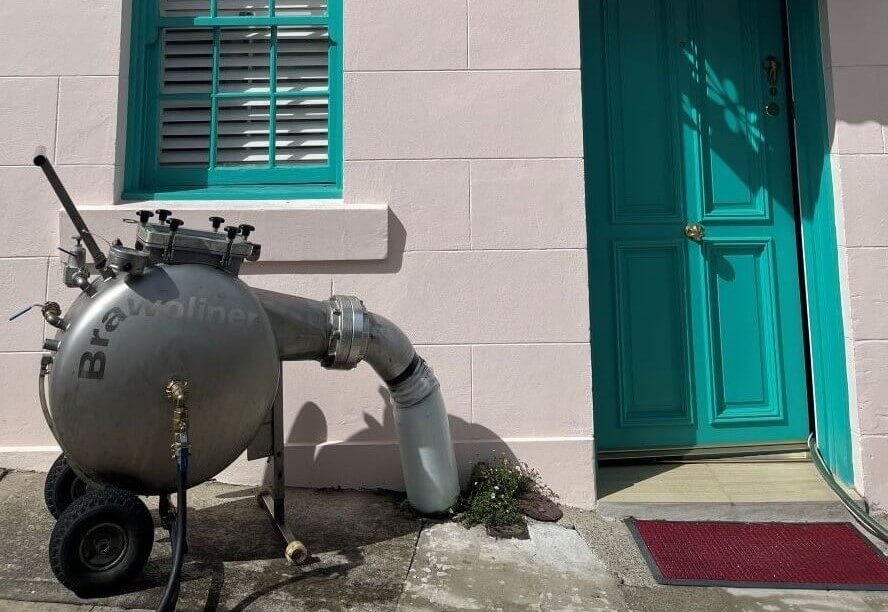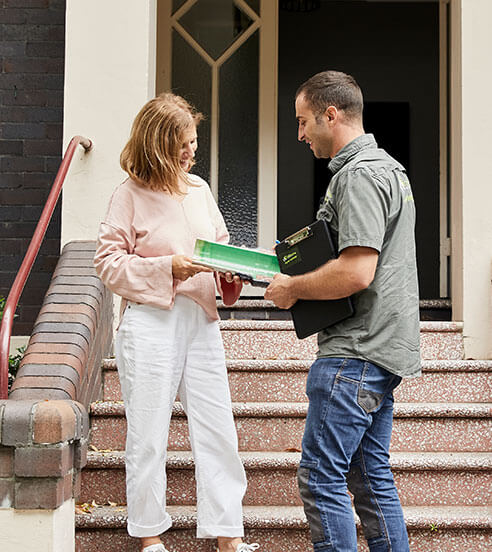When Comparing Pipe Relining to Pipe Replacement.
Which one should win?
Let’s find out.
Do you have a cracked pipe and are wondering what the best solution to the problem may be? Perhaps you’ve heard of pipe relining and the reasons you should reline your drain but aren’t sure how it compares to a traditional pipe replacement.
In this blog, we’ll be taking a closer look at how the two methods compare, providing you with the information to make the right decision for your pipes. If you suspect a problem with your plumbing or sewer pipes, contact a local pipe relining company to fix your blocked drains.
Use the following links to jump directly to the section that you’re most curious about:
- Signs you might have damaged pipes
- How does traditional pipe replacement work?
- What is pipe relining and what are the 5 steps involved?
- Is pipe relining better than replacing pipes?
- Frequently Asked Questions
Keep reading to learn more about the signs that indicate damaged plumbing pipes.
Signs you might have damaged pipes
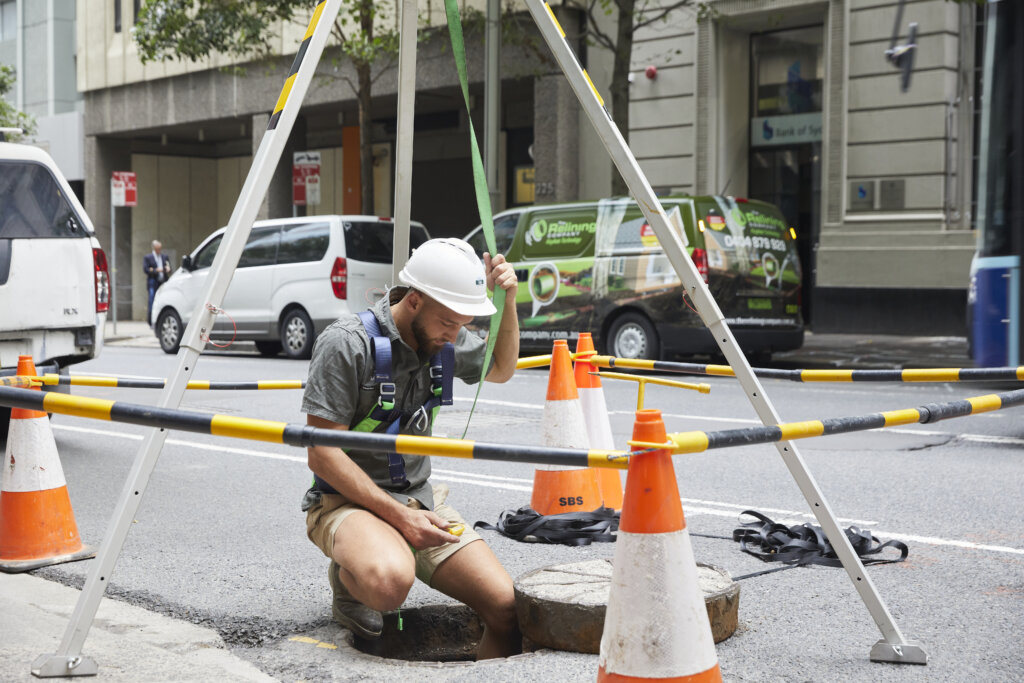
Before looking at options, what are some of the signs that your pipes may be damaged in the first place? Knowing what to look out for will help you catch problems early and take quick action to avoid further damage to your property.
Some of the tell-tale signs of pipe damage include:
- Overflowing drains
- Bad odours – damp smells or sewerage smells in particular
- Cracks in the wall or flooring, damp patches, warped floorboards, or walls
- Any water damage to your structure
- Strange noises coming from your pipes
- Unexplained damp patches on your lawn
Any of the above are worth investigating and there’s a safe bet it will be due to your piping.
Read more about the 7 signs of a cracked sewer pipe here…
So, now that you suspect your piping needs to be fixed, what are your best options?
Pipe Relining & Pipe Replacement Comparison
Although both modern relining and traditional plumbing methods have the same goal – to get your pipes running perfectly – certain overheads come with traditional plumbing that nobody enjoys.
The comparison between relining and traditional plumbing is as below:
| Traditional Plumbing | Modern Pipe Relining |
| Invasive – digging is a considerable concern when pipes are located deep underground or beneath established buildings, as the need for major trenching will impact business operations and household routines. | No digging is required. |
| Time-consuming – Major plumbing works require approval from the council which takes a long processing time and inspections. | No extensive approvals or inspections. |
| Expensive – Not only will you have to pay for the plumbing process, but also the costs of getting the site back to its former glory with relandscaping, paving or restoration. | No relandscaping, paving, reinstation or restoration is needed. |
| Dangerous – pipes are often located along sidewalks and underneath walkways that are commonly used by the public. Excavating these areas can pose a threat to the use of these spaces and put your family and the public in harm’s way. | Without the need to excavate – life can continue as normal. |
How does traditional pipe replacement work?
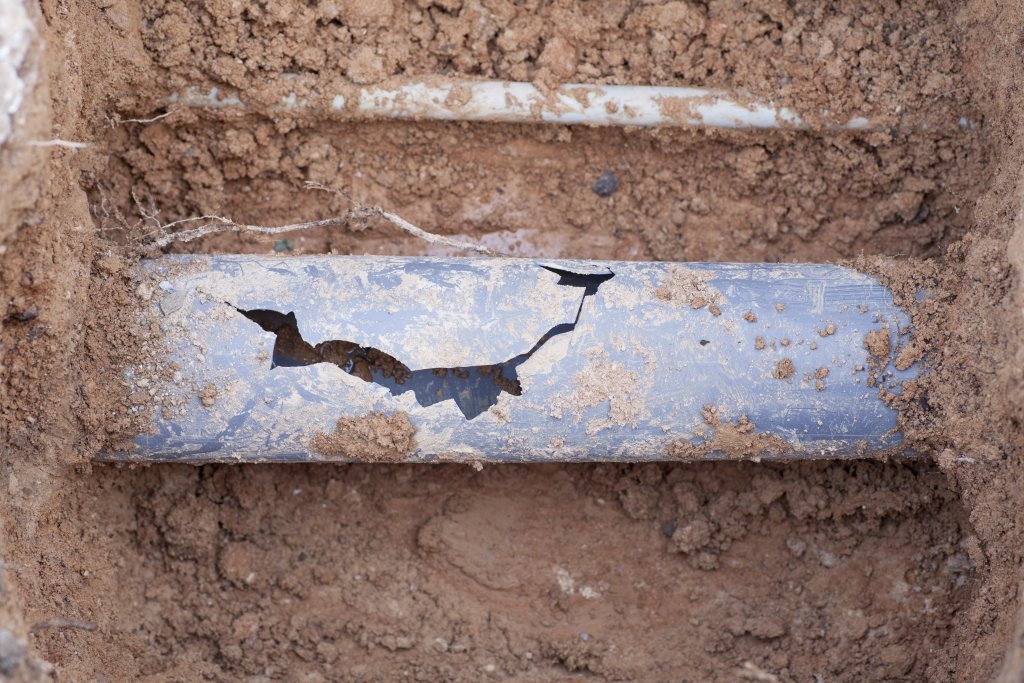
A traditional pipe replacement removes an old, damaged pipe and replaces it with a new one.
When it comes to this method, there’s no getting around it: you’ll need to excavate. Excavation is a sometimes necessary and useful procedure, but it’s also expensive and invasive. The biggest downside to excavation is it can be unpredictable due to the disruptions it causes.
Along with the procedure itself, you’ll have to factor in landscaping costs to repair any damage done to your lawn and garden. In short, excavating is one of those things you only want to do when absolutely necessary. While an excavation will solve your broken pipe, it’s an unnecessarily extreme and expensive step to take in most cases.
Depending on a variety of factors – including size, location, and the extent of the damage – it can take one to five days to replace a sewer pipe. This amount of time, plus the extra steps, such as the excavation, make the traditional method of pipe repair a pricey solution.
What is pipe relining?
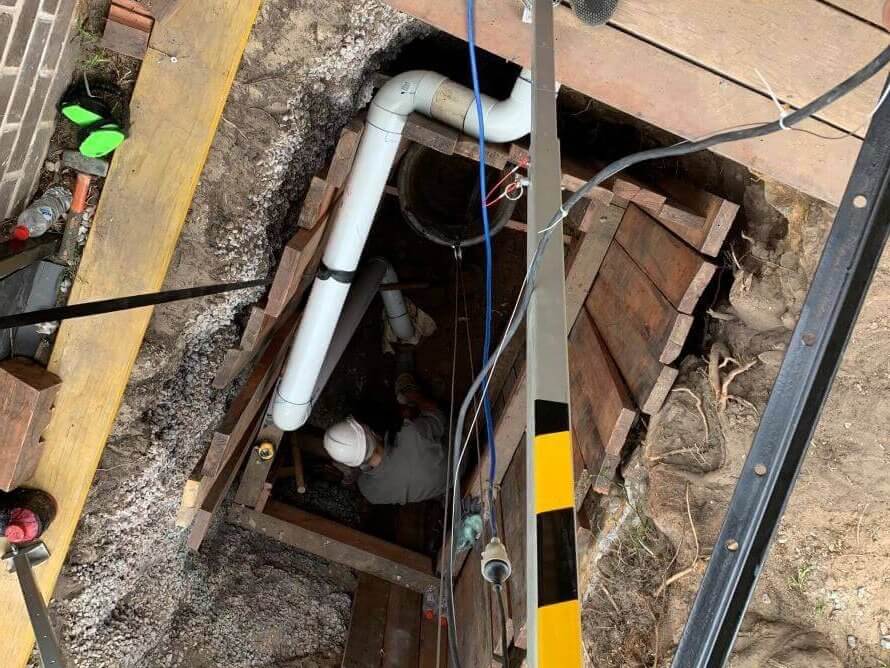
Pipe relining is a method of placing a specialist, environmentally-friendly textile liner within the existing pipe to repair any cracks or damage.
Think of it as placing a new pipe within the existing pipe. The process of pipe relining creates a new watertight seal, taking care of any leaks you are experiencing.
The entire process can be done without the extensive excavation of traditional pipe replacement.
The 5 steps of pipe relining:
- Inspecting your pipes with a camera to find exactly what the issues is. Once we’ve got this information, our expert can come up with the best solution to the problem
- Cleaning the pipe with a high-pressure water jet blaster to remove any blockage which includes debris and tree roots
- For PVC Pipes, a high-speed sanding panel will be used to remove any glossy shine
- Now’s the step you’ve been waiting for. The specialist Brawoliner textile liner is inserted into your existing pipe, which is covered in a thick resin that will press against the pipe wall, taking care of any leaks
- We place our camera down the newly relined pipe to inspect and make sure the job has been done to our high standards
Is pipe relining better than replacing pipes?
Short answer, yes! Let’s look at the reasons why…
- Less Mess
Traditional pipe replacement requires costly excavation, which not only hurts your wallet, but it can seriously wreck your landscaping. Major disruption to your soil can raise all sort of issues, so it’s best to avoid unless necessary. Using keyhole technology, a pipe relining expert can identify the problem with your pipes and fix them without completely digging up your front yard.
- Quicker
Not only does pipe relining cause less damage to your yard, but it can be done in a fraction of the time. Most relining’s can be achieved in a single day. Best of all, once the relining has been installed, you can use your pipes immediately.
- Cheaper
Because there is less manual labour involved, pipe relining is much cheaper than buying and installing a whole new pipe. Excavation is one of those jobs where complications can easily arise, which results in the cost quickly beginning to rise. With relining, it is easy to detect any potential issues during the camera inspection stage. Once your inspection is complete, you can be confident your quote will be accurate.
Frequently Asked Pipe Relining Questions
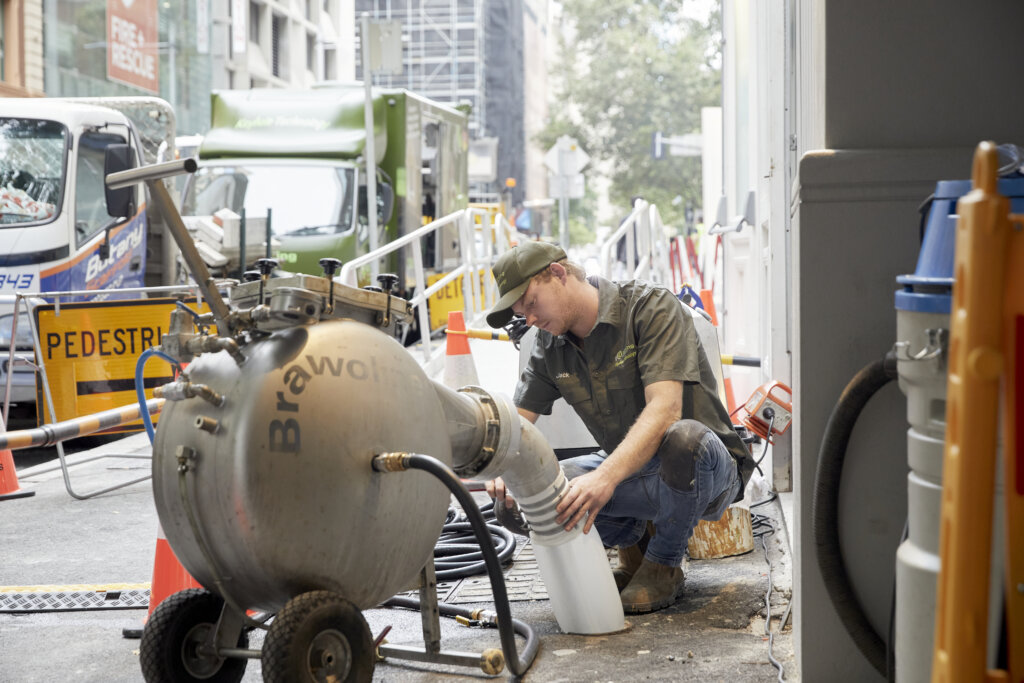
1. Do I need to reline an entire pipe if only one section is damaged?
We can often reline a section of the pipe if the damage is close to the entry point. We will investigate the extent of your pipe damage as there may be more pipe damage than you’re aware of.
2. Is pipe relining a temporary repair?
Pipe relining is a permanent fix to damaged pipes. When done well, pipe relining can last up to 50 years. When choosing a pipe relining company, look for one who offers at least a few decades worth of warranty as this is a sign that they’re offering a quality product and aren’t taking advantage of you.
3. Is there ever a time when I have to get a pipe replacement?
If the pipe is completely destroyed, you may need to get it replaced. For the vast majority of cases though, a pipe relining is a cheaper, reliable and effective means of fixing your damaged pipes. It’s worth having a professional take a look at any problem pipes and see what they have to say about a solution.
4. Who should I contact to organise a pipe relining?
Whether you’re a commercial business with a major plumbing issue or a home owner looking to fix your blocked drains, The Relining Company can help.
If you’re looking to book a pipe relining or have any further questions regarding the process, the friendly team at The Relining Company will answer all your questions.
With over 20 years of experience, we’d love to chat about your particular problem and come up with the ideal solution.
Get in touch with our team today to organise a free consultation.
Back to Top
